Physical Address
304 North Cardinal St.
Dorchester Center, MA 02124
Physical Address
304 North Cardinal St.
Dorchester Center, MA 02124
Detailed cheasheets and to the point information and guides about different tech and programming topics.
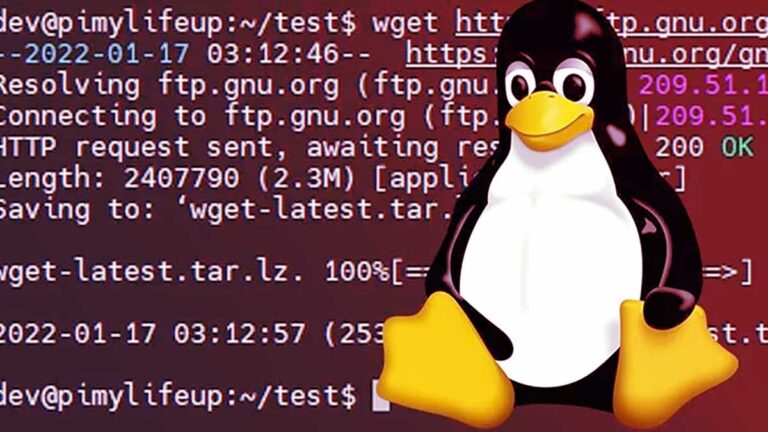
From handling cookies and session data to manage SSL certificates, connect to to proxies and using custom headers. These are some of the most advanced Wget use cases.
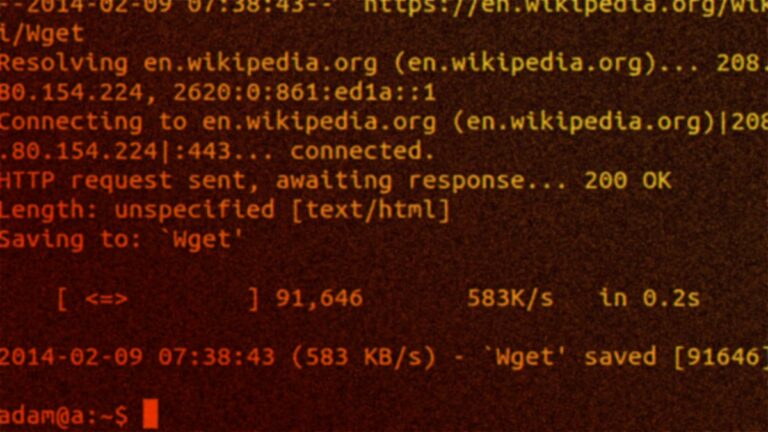
This cheat sheet covers the majority of daily use cases for Wget. Whether you’re scripting a bulk download, mirroring a site, or retrieving files over HTTP(S) or FTP, these commands should help you handle most scenarios efficiently.
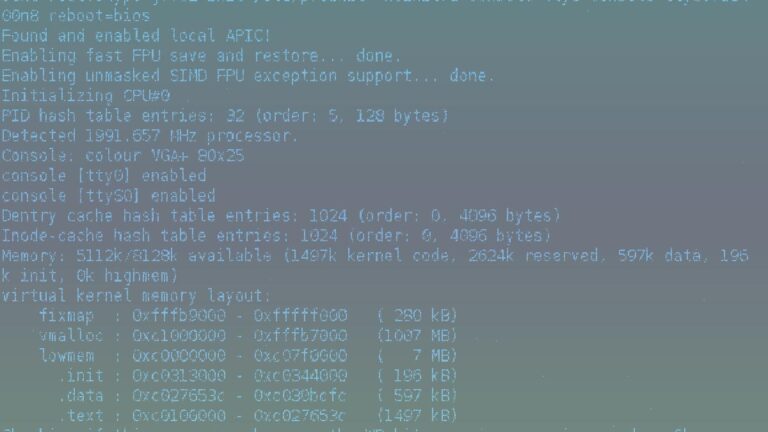
System V is the classic Linux init system, this article is a to-the-point guide and cheatsheet intended to help you quick access to all System V commands, directories and tools.
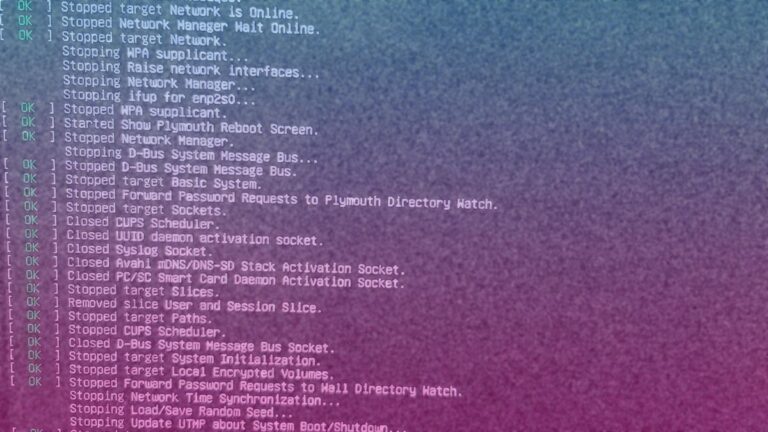
Systemd is currently the fastest growing Linux and widely adopted service manager and init system. This part guide, part cheatsheet will give you all the commands in a neatly organized fashion so you can master it and become a proficient Linux power user.

This article contains a step-by-step, example project that shows how to create a Git repository from scratch, make the first commit, navigate around the repo, and perform fundamental operations like staging, committing, branching, and merging.

Advanced Git operations, from Stashing changes with git stash, and Tagging releases with git tag to Cherry-picking with git cherry-pick, Undoing commits with git revert and git reset.

Git is an essential tool. In this guide, we’ll look at what Git is, why it matters, and how to get started using it. By the end, you’ll have a solid understanding of Git basics and an established workflow you can apply to any project.
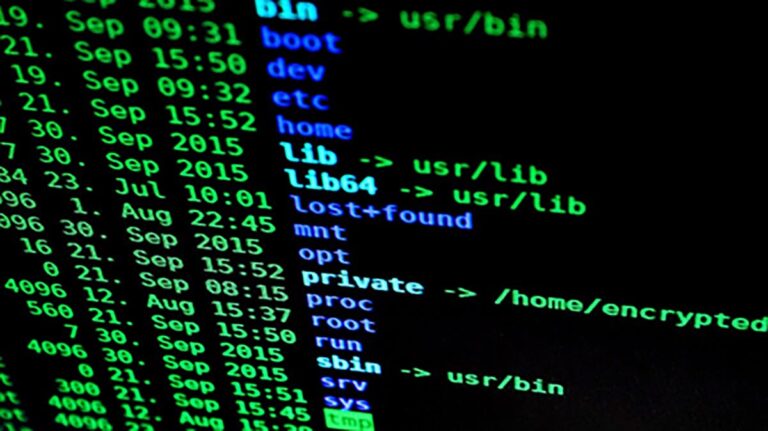
This guide provides a comprehensive overview of searching inside file contents using Linux commands. By mastering tools like grep, awk, sed, and others, you can perform efficient and targeted searches, even in complex scenarios.

By combining file with tools like grep, cmp, and diff, you can create efficient workflows for searching and comparing files in Linux. These methods are invaluable for debugging, auditing, and managing files in development and system administration tasks.

The file command is one of the most useful tools for not only finding files but also searching through their contents. This is a complete guide and cheatsheet for the file command.